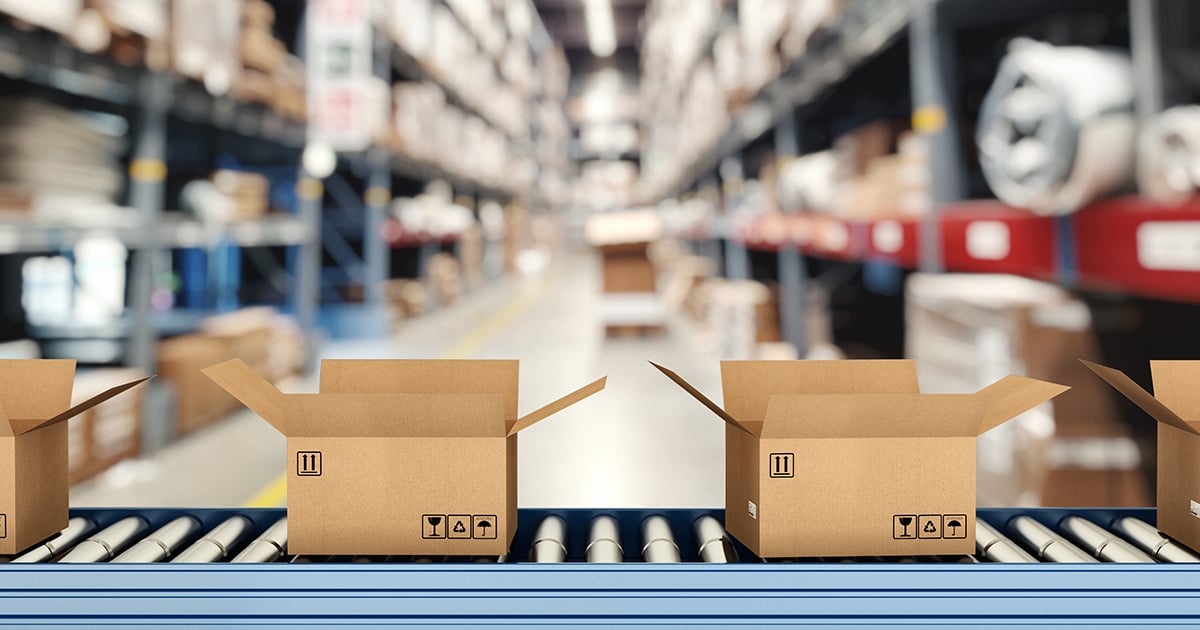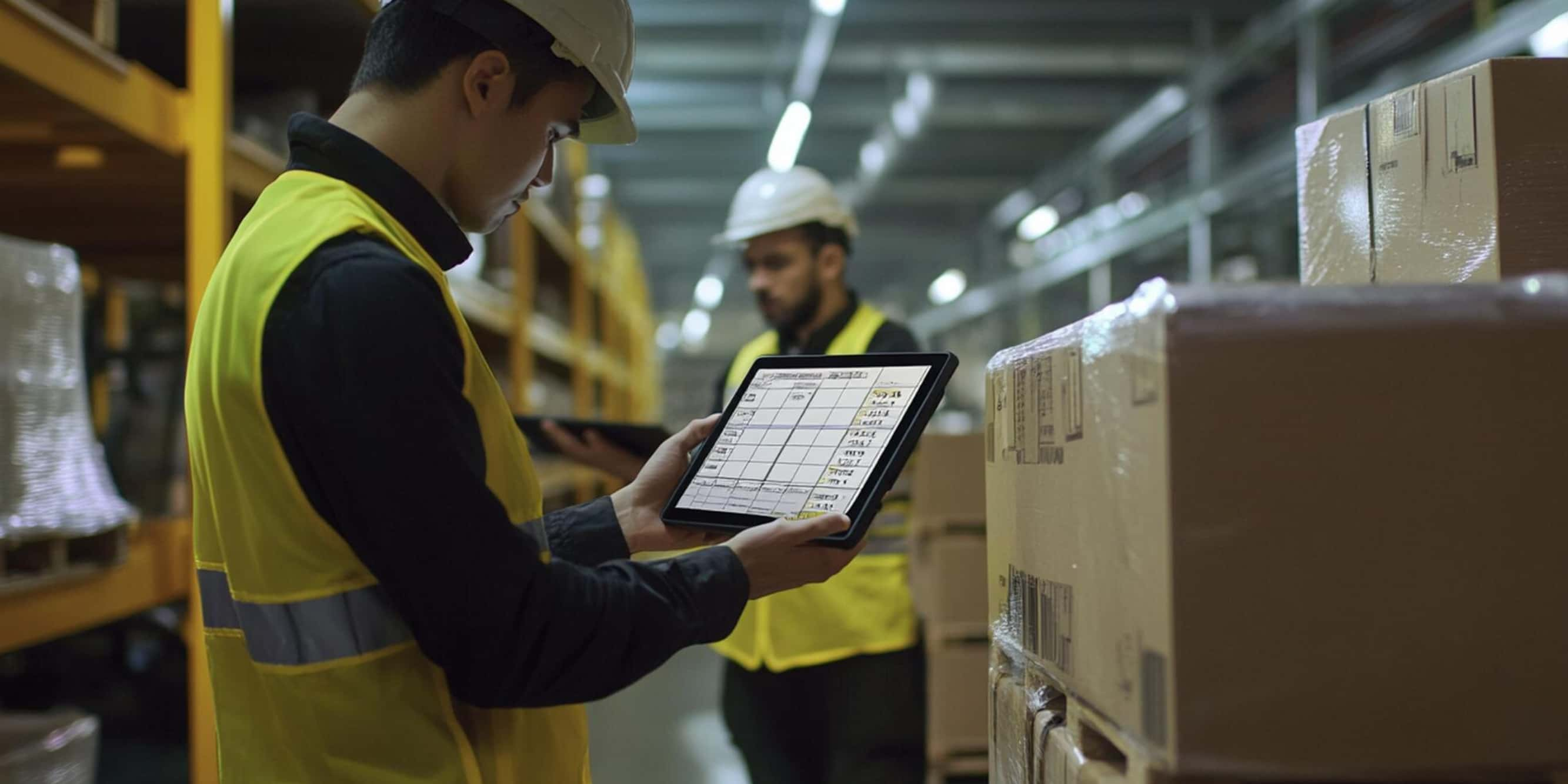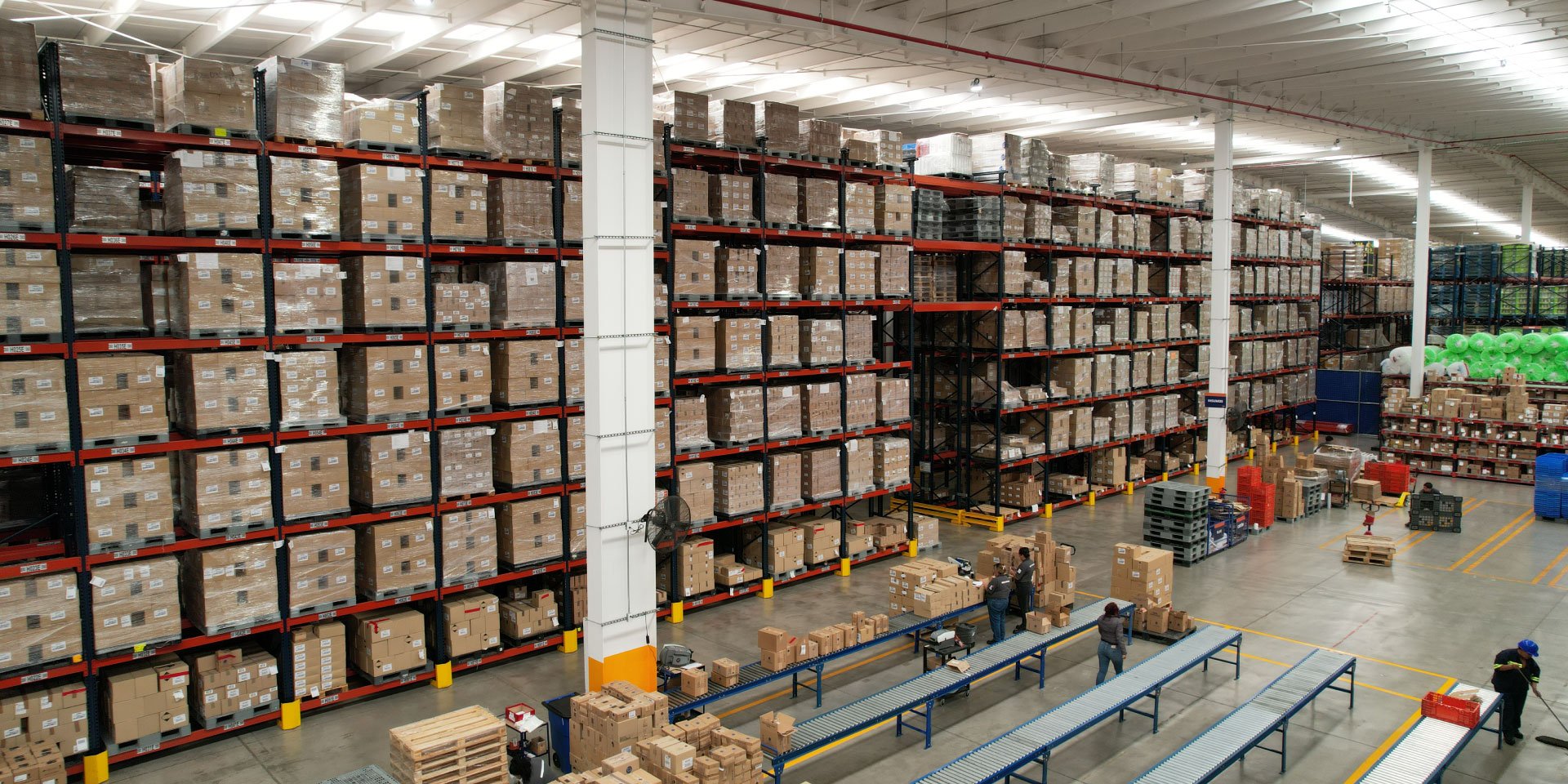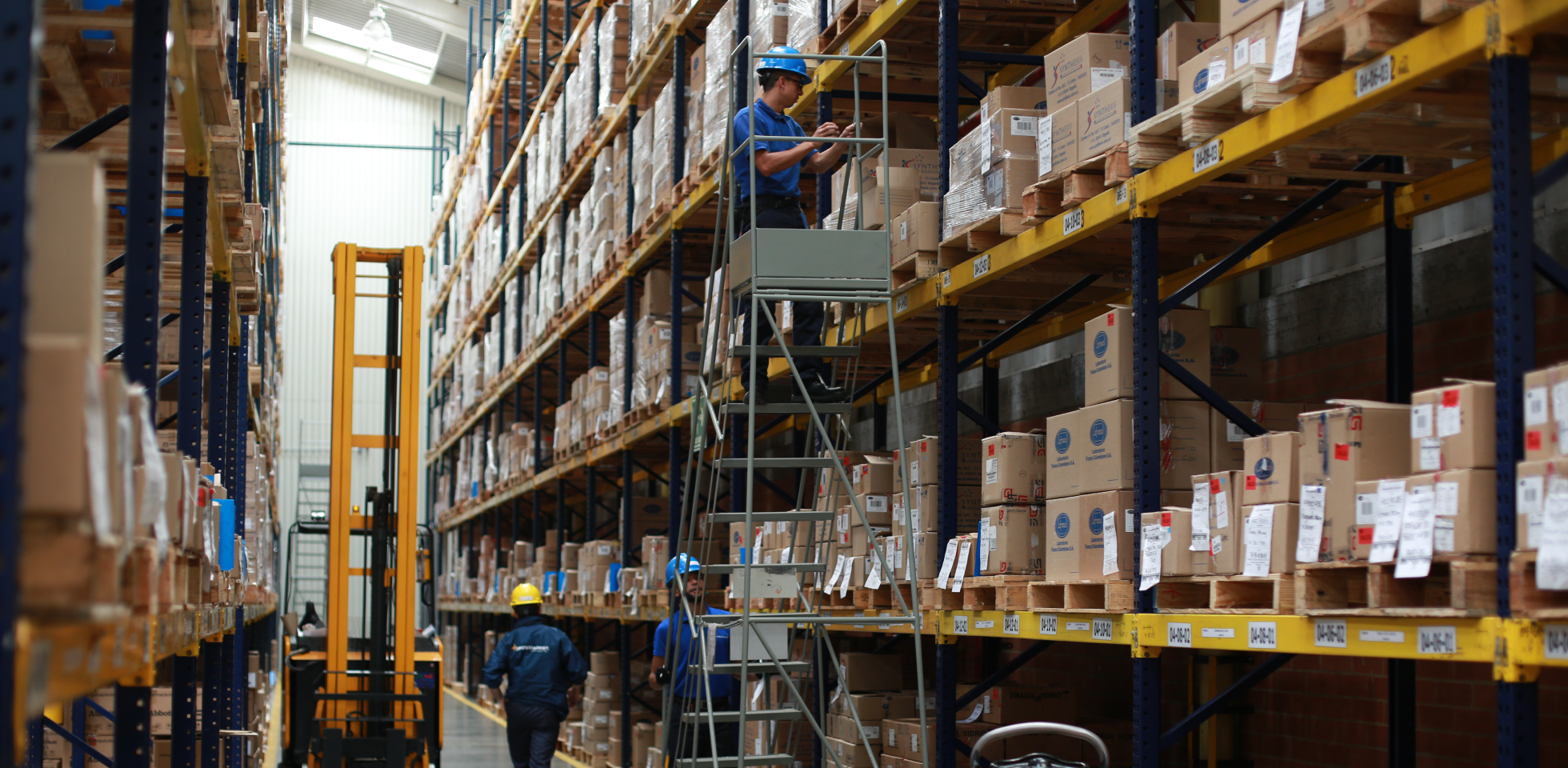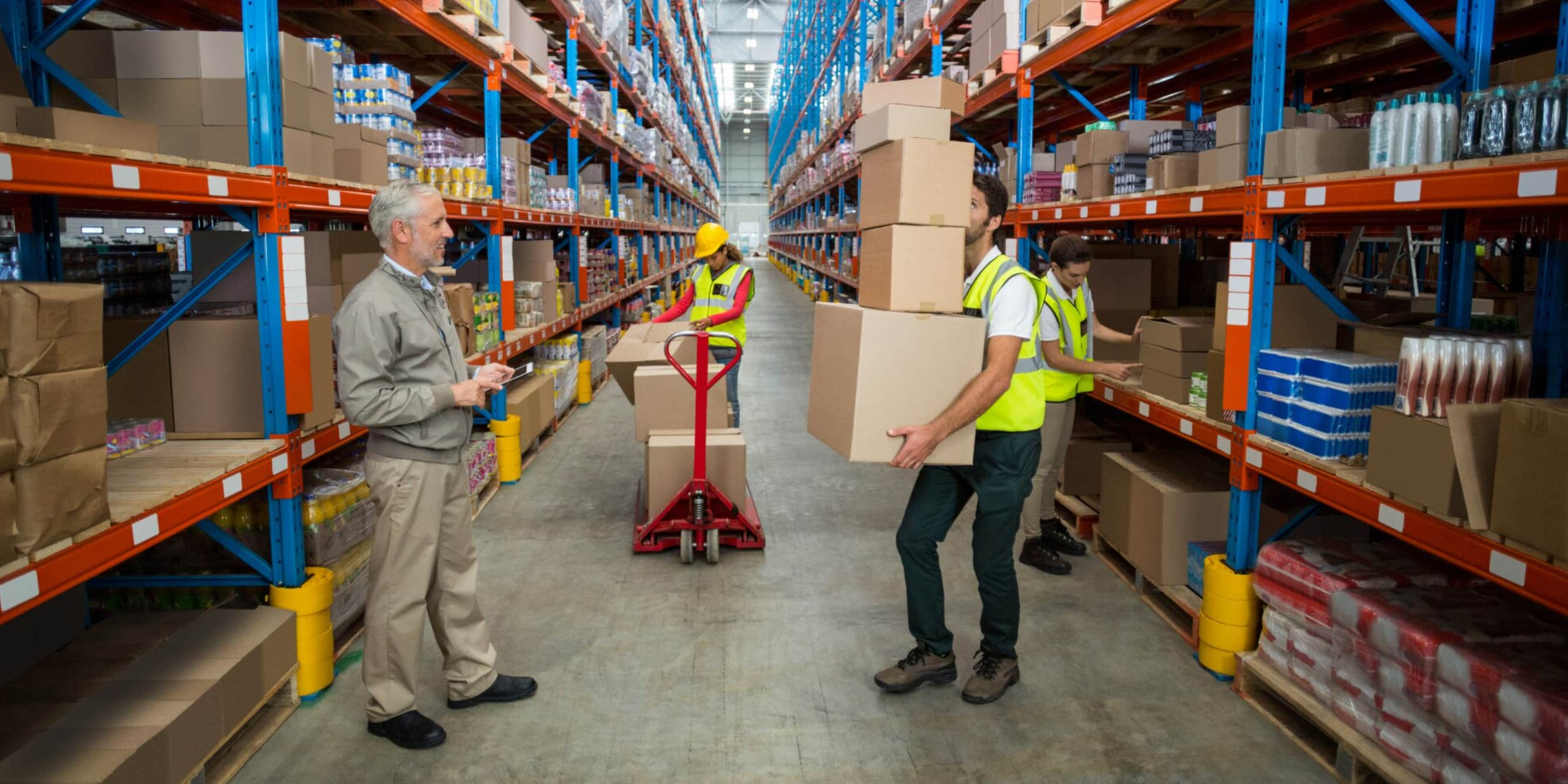Packing and wrapping are often both the protection and the first impression of a product, so its choice is always an important decision, and there are many options.
First, it is important to know the types of packaging. The best-known classification regards to the packaging levels, and there are three types:
▪ Primary or main packaging: also called retail packaging, is in direct contact with the product, the first layer or material that wraps and protects it, besides being also a visual "presentation letter" of the product that aims to be attractive to customers. Primary packaging includes, for example, the bottle or can of a soft drink, the glass jar of olives, or the cardboard box containing a camera.
▪ Secondary packaging: it is used to create unit loads for transportation and warehousing by grouping several primary packaging, although it is also used for marketing and display purposes. Sometimes it may overlap with the primary packaging, or even with the tertiary one. An example of secondary packaging is the plastic-reinforced cardboard boxes of the 6 packs.
▪ Tertiary packaging: groups products with primary and secondary packaging to protect the products and facilitate handling during warehousing and transport. End consumers usually have no contact with it, and its most common mode is palletization (such as pallets loaded with stacked carton boxes).
Packaging materials
Packaging can also be classified based on the type of material it is made of. These are the most common ones:
- Plastic: One of the most common and widely used due to its resistance, lightness, and flexibility. It is widely used for food containers, stretch films, water bottles, cosmetic packaging and containers, boxes, shipping containers, netting, as filler and protection (such as bubble wrap and airbags), and in seals and pallets for shipping.
- Cardboard and paper: Used in adapted cellulose (paper fiber) molds for products' protection (such as egg or fruit boxes); in corrugated cardboard boxes, in pallet corner boards, or other packaging dividers; wrapping and stuffing kraft paper in rolls and sheets, etc. Recycling of these materials is currently the most sustainable trend.
- Glass: Mainly used as primary packaging in food, chemical and cosmetic products.
- Wooden: essential for the protection and transport of goods of all sizes, mainly in pallets, boxes, containers, and cages which allow their inside to be seen.
- Aluminum: Due to its anti-corrosive properties, it is mainly used for food and pharma products primary packaging, for which it resists humidity, light, and oxygen.
These are only the most common packaging, as logistics evolves to improve costs and sustainability, new materials are being used, such as cork, textiles, foam, steel, etc.
Picking and packing
Packaging is also key to these two essential processes in warehouse management and logistics in general.
Picking refers to the process of preparing shipments, from data collection and orders to preparation of forklifts, trolleys, pallets, etc., as well as the route through the operations area, their positioning, their extraction, and their location on the element to be transported (trolley, roll, pallet, etc.).
The ultimate part of this process includes the verification of product conditioning, that is, packaging control, boxing, sealing, weighing, and labeling, and transfer to the shipping and transport area.
On the other hand, packing is about the entire packaging process of a product.
These are different but complementary processes, since picking prepares the order before it is packed and then packing takes care of the packaging.
These tasks are critical to avoid errors and damage. Therefore, the automation of these processes is currently one of the most effective solutions to provide a better condition for the entire product logistics chain and increase productivity. There are, for example, automatic boxes, automatic box sealers, strapping machines for packages, automatic box closing systems, automatic pallet stretch wrappers, bar code readers, etc.
The impact of packaging on warehousing and shipments
An erroneous choice of packaging can cause delays and other delivery problems, as well as returns. On the other hand, proper packaging can greatly optimize warehousing processes and their costs, make shipment preparation more efficient, and even, and finally, have an impact on customer service, since we should always remember that delivery is a critical point in the relationship with the consumer.
The weight and fragility of the product, the type of shipment, the number of batches that the product will undergo between the warehouse and the final customer must be considered.
Thus, a good packaging must be able to:
- Protect the product, from crashes, crushing and blows, as well as environmental factors, with resistance, and adaptation to the shipping and delivery mode.
- Ensure proper transport conditions.
- Improve packages security.
- Optimize warehousing space.
- Enable to prepare shipments more quickly.
- Enrich customer experience and reinforce brand image.
- Be as sustainable and environmentally friendly as possible.
There is a suitable type of packaging for each specific merchandise need. Finding the right option for your products is a matter of productivity and convenience, and an important element for their better distribution and sale.
